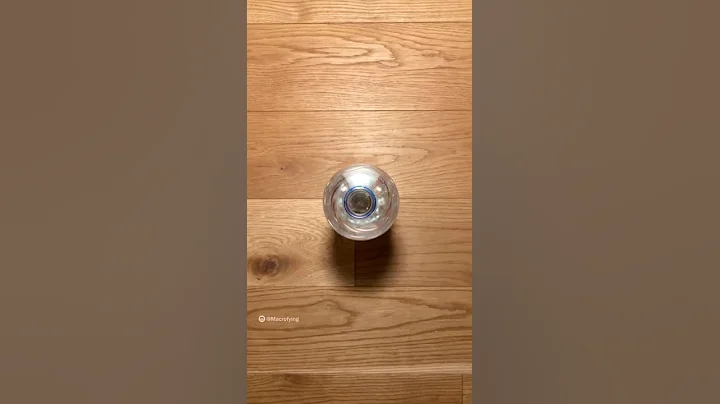
Cross-sectional view of the human heart Image source: matis75/stock.adobe.com
To build a human heart from scratch, researchers needed to replicate the unique structures that make up the heart. This includes reconstructing the spiral geometry that creates a twisting motion when the heart beats. This twisting motion has long been thought to be essential for pumping large amounts of blood, but it has proven difficult, in part because creating hearts with different geometries and arrangements is challenging.
Now, using an additive textile manufacturing method (FRJS), bioengineers at the Harvard John A. Paulson School of Engineering and Applied Sciences (SEAS) have developed the first human ventricular biohybrid with spirally arranged beating heart cells. model, and showed that muscle alignment does significantly increase the amount of blood the ventricles can pump with each contraction. Relevant research results were published in Science on July 7. "This work is an important step forward in organ biofabrication, bringing us closer to building a human heart for use," said Kevin Kit Parker, corresponding author of the study. The ultimate goal of transplantation.
John Zimmerman, a SEAS postdoctoral fellow and co-first author of the paper, said the goal of the study was to create a model to test whether the heart's spiral alignment is important for achieving a large ejection fraction (the percentage of blood pumped by the ventricle with each contraction) to key and investigate the relative importance of the helical structure of the heart.
Researchers used the FRJS system to control the alignment of spun fibers on which they could grow heart cells. The first step in FRJS is like a marshmallow machine - a liquid polymer solution is loaded into a reservoir and pushed out of a small opening by centrifugal force as the device spins. As the solution leaves the reservoir, the solvent evaporates and the polymer solidifies to form fibers. The focused airflow then controls the direction in which the fibers are deposited on the collector. The researchers found that by tilting and rotating the collector, the fibers in the stream aligned and twisted as the collector rotated, mimicking the helical structure of heart muscle. Changing the angle of the collector could adjust the alignment of the fibers. Huibin Chang,
SEAS postdoctoral fellow and co-first author of the paper, said that the human heart actually has multiple layers of spirally aligned muscles arranged at different angles. Using FRJS, these complex structures can be reconstructed with great accuracy into single or even four-chamber structures.
Unlike 3D printing , FRJS can quickly spin fibers at a single micron scale, or about 50 times smaller than a single human hair. This is important when it comes to building a heart from scratch. Taking collagen as an example, at this resolution, it would take more than 100 years to 3D print every bit of collagen in the human heart, but FRJS can complete it in one day. After spinning
, the researchers implanted rat cardiomyocytes, or human stem cell-derived cardiomyocytes in the ventricles. Within about a week, several thin layers of beating tissue cover the scaffold, with cells aligning along the underlying fibers. The beating ventricles mimic the same twisting motion in the human heart.
The researchers compared ventricular deformation, electrical signal velocity and ejection fraction between ventricles made of helically aligned fibers and ventricles made of circumferentially aligned fibers. They found that in every aspect, helically aligned tissue outperformed circumferentially aligned tissue.
The team also demonstrated that this process can be scaled up to the size of an actual human heart, and even as large as the heart of a small baleen whale . In addition to biomanufacturing, the team is also exploring other applications for the FRJS platform, such as food packaging. (Source: China Science Journal Xin Yu)
The copyright of all articles, pictures, audio and video files and other materials reproduced on this website belongs to the copyright owner. If your rights are infringed because the author cannot be contacted, please contact this website and we will take appropriate measures.





















